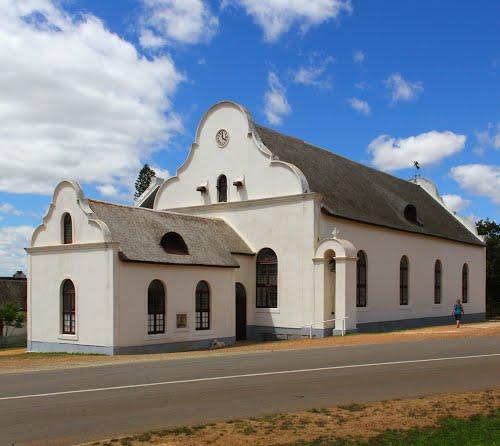Elim Mission Station
Elim was founded by German missionaries in 1824 and is inhabited only by Moravian church members.
Biblically, Elim is the place the Israelites rested after crossing the Red Sea. It was a place of cooling waters and palm trees. Exodus 15:27.
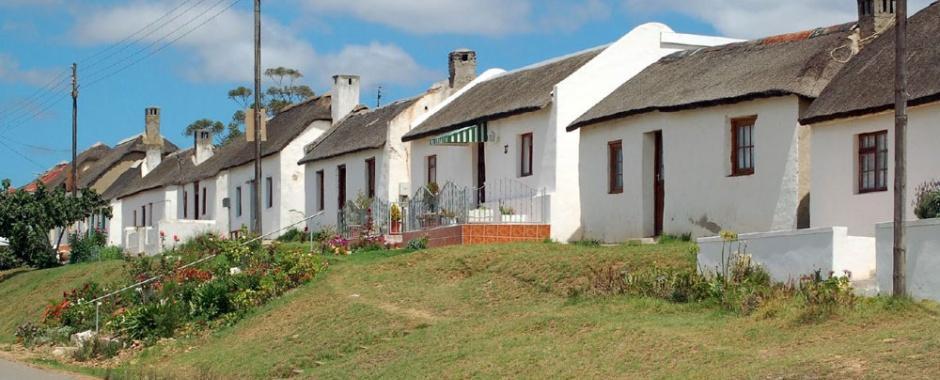
The mission station was established by Bishop Hallbeck on May 24, 1824 in what is now the Overberg region of the Western Cape.
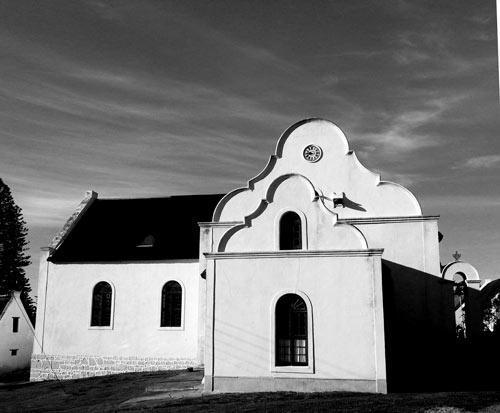
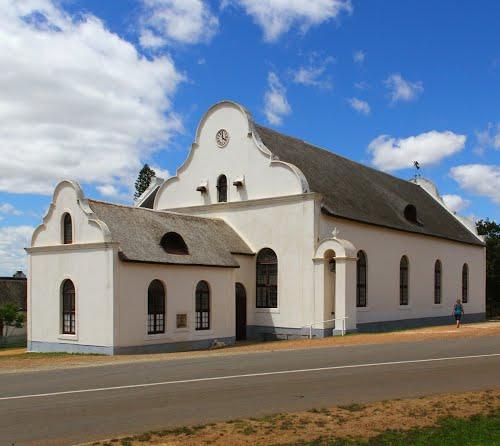
The church built in 1835 with its oldest working clock dating back to 1764 is the heart of this closely-knit community.
Elim residents were taught trades and skills by the missionaries.
The only monument in SA to commemorate the freeing of slaves in 1834 was erected in 1938 and subsequently many settled in Elim.
Many of the cottages are still whitewashed every year, the brilliant white offset by the dark thatch roofs, a skill at which Elim men are still very adept. Their thatching skills are sought the world over.
Worth a visit...
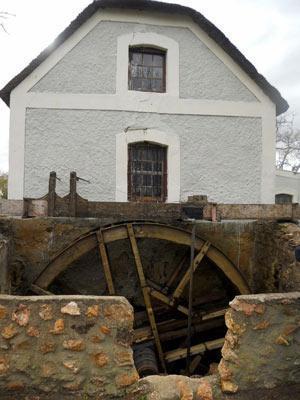 Even today whitewashed houses sparkle in the sun, most of the roofs are neatly thatched and all roads, still, lead to the beautiful Moravian Church. The church clock, which is more than 240 years old, was installed in 1914. The clock was built in Germany and was initially installed in a church in Herren, Germany in 1764.
Even today whitewashed houses sparkle in the sun, most of the roofs are neatly thatched and all roads, still, lead to the beautiful Moravian Church. The church clock, which is more than 240 years old, was installed in 1914. The clock was built in Germany and was initially installed in a church in Herren, Germany in 1764.
The old Mission Shop has been converted into a museum, filled with hand-crafted pieces and many photographs chronicling the community's history.
A water mill dating back to 1833, boasting the largest wooden water wheel in South Africa, was restored in 1990. The mill can still be used for grinding wheat.
A trip to Elim will not be complete without enjoying the local hospitality at the Old Mill Tearoom. The tearoom forms part of the heritage centre, where visitors can also learn more about the community's history.
Source
SJ du Toit
Genandendal Museum
DR. Izak Balie
South Africa Tourism
Call us and schedule your listing today! Contact Us
Copyright © 2025 Hermanus Online Magazine. Web Development by Jaydee media.

